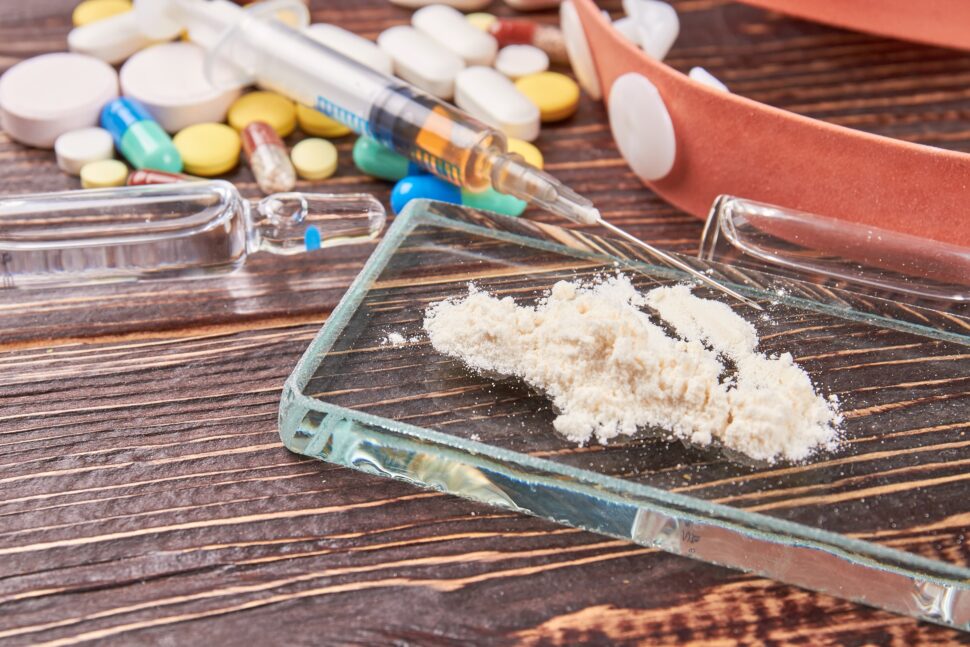There has always been a correlation between drug use and self-harm, and we often ask ourselves: which one causes the other? Is it that substance abuse increases self-harm? Or is it self-harm that triggers substance abuse? Harm Reduction and MAT Services ?
These questions are incredibly hard to answer since the complexity of the emotions that drive either action is almost impossible to comprehend and unique to the individual. That’s why some people who have been using drugs for so long can go through a series of substance abuse, self-harm, violence against others, and, at times, suicide.
Sadly, not everyone survives the harm they do to themselves. That’s why it’s important to implement harm reduction strategies or MAT services for people who have been charged with drug possession.
While some users suffer from the effects of taking substances, we can work to save others. It’s this step in the right direction that can help people heal from harm.
What Is Harm Reduction?
According to the National Harm Reduction Coalition, harm reduction is a series of practical ideas and strategies that are specifically designed to reduce the negative consequences related to drug use and abuse. Besides this, it’s also a social justice movement that’s built on a strong belief in and respect for the natural rights of individuals who use substances.
Therefore, harm reduction integrates a set of strategies that promote better managed use, safer use, and abstinence. This practice also incorporates the concepts of understanding individuals who use drugs from their point of view and meeting them exactly where they’re at. Overall, the goal is to address how these individuals use drugs as well as the act of using itself.
Since the strategies implemented in harm reduction vary depending on what the person and the community need, there’s no one-size-fits-all approach. The policies and interventions in harm reduction are diverse, but regardless, they abide by the central principles that govern this practice.
These include:
- Accepting, for better or worse, that drug use is a part of this world but still working towards minimizing its harmful effects.
- Understanding the complex and multifaceted nature of drug use while recognizing that there are safer usages than others.
- Establishing a quality of life and well-being of not just the individual but also the community as a whole.
- Being non-judgmental and non-coercive in assisting people who have been charged with drug use and/or possession.
- Recognizing the imminent danger and harm associated with drug use — both licit and illicit.
What Are MAT Services?
On the other hand, MAT services, otherwise known as medication-assisted treatment, is the use of prescribed medications combined with behavioral therapies and counseling to help people who are charged with possession to sustain their recovery.
At the moment, there are only three types of drugs that the FDA approves as an effective treatment for opioid dependence. These are methadone, naltrexone, and buprenorphine. All of these medications have been tested and approved as safe and effective treatments, especially when combined with psychosocial support and counseling.
Let’s take a look at examples of each below:
FDA-approved Methadone
The FDA-approved medicine for opioid dependence treatment include:
- Methadose oral concentrate
- Dolophine tablets
Methadone can induce neuronal changes in the user’s brain and produce therapeutic effects to control the effects of the opioid receptors in the brain. As a result, it can relieve drug cravings and eliminate withdrawal symptoms, helping the user transition more seamlessly to a drug-free life.
FDA-approved Naltrexone
For naltrexone, the FDA only approved Vivitrol as a potential treatment for opioid addiction. This drug works by binding the opioid receptors located in the brain, thereby blocking the effects of opioids. The goal of this type of medication is to hinder any pleasurable or euphoric effects to discourage users from using again.
FDA-approved Buprenorphine
The FDA-approved medicine for opioid dependence treatment include:
- Cassipa sublingual film
- Bunavail buccal film
- Sublocade injection
- Suboxone film or tablet
- Zubsolv sublingual tablets
- Subutex sublingual tablet
Similar to naltrexone, buprenorphine helps in mitigating the effects of opioid in the brain. According to some reports, some people who have taken this medicine no longer experienced any withdrawal symptoms or extreme cravings for opioids and other alternatives.
How Do These Benefit the Person Charged with Possession?
Giving a person charged with possession access to online MAT services or harm reduction programs can be highly beneficial for their health and well-being. Here are some of these benefits:
It Can Save Their Lives
Taking FDA-approved medications and exploring harm reduction programs can reduce the death rate among those with addiction to over 50%, if not more.
It Can Reduce the Risk of Overdose or Relapse
People who have been charged with possession are still susceptible to relapse and overdose. So, by offering these treatment options, they can be watched over and monitored so they don’t fall under the same conclusion.
It Can Promote Better Recovery
Apart from relapse and overdose, it’s possible for individuals to experience cravings and withdrawal symptoms, making it more difficult for them to make the switch. With the availability of these programs, they can be surrounded by the support they need to recover completely.
It Can Give Patients a Holistic Approach to Healing
Both MAT and harm reduction are tailored to every individual. So, everyone taking these treatments can rest assured that they’re getting the best care possible.
Final Words
To understand how important it is to provide harm reduction and online MAT services to people charged with possession, let’s take a look at the numbers.
In the United States alone, over 70,000 individuals died from overdose in 2019. Within the 70,000 affected people, 70.6% of them were caused by opioids. This in itself demonstrates a staggering fact about the extent of our opioid addiction crisis in the country.
One of the ways we can protect people from succumbing to the same fate is by implementing the strategies mentioned above.
